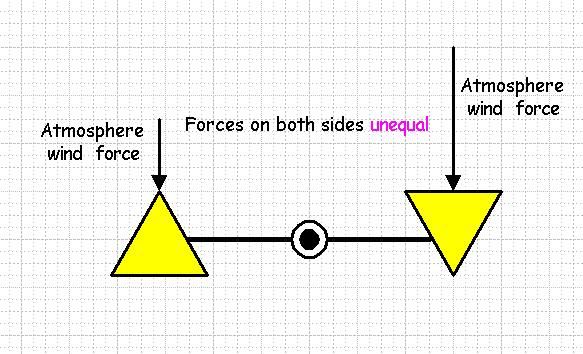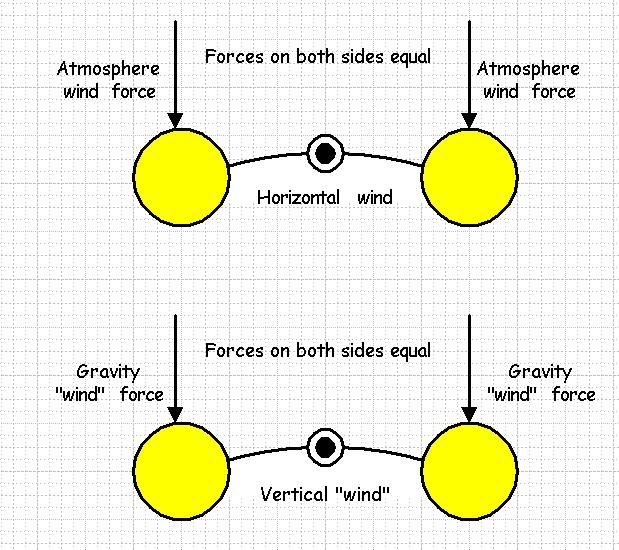@ FletcherFletcher wrote:Yes, that must be it - I've been accused of being staid 'old school' more than once here & it sounds just like it ;7)
I guess, to break the dissonance, I will need a very convincing argument & maybe a quality experiment or two to open my eyes & mind.
Let's continue with the theory first & maybe I won't need step two.
An explanation of how I arrived at the present analysis may help.
A year and a half ago I started the following thread:
http://www.besslerwheel.com/forum/viewt ... 2255#62255

As you can see from the above diagram it consisted of two contra-rotating wheels with one of the weight passed from one wheel to the other.
Besides presenting it here I re-posted to another forum whose members are mainly people banned from the old Steorn forum for one reason or another. I posted it there because though they are typical cynics they are very intelligent cynics and I knew that the vituperation I would get was worth bearing for the searching criticisms they might give. If I were making any grievous mistakes someone would be sure to point them out. As expected I received the usual torrent of scorn and invective and just when I thought they had finished one member piped up and claimed unequivocally "Grimer is right" - much to my surprise. He had carried out a computer simulation and shown that there was some slight gain in energy, albeit small.
He didn't seem to realise the significance of his finding though.
I did.
You can't be a little bit pregnant. If there is any gain in energy then you have broken a principle. I told him that if I brought the device to a practical result that I would acknowledge his key contribution to the development. He said I needn't bother and wished me luck.
I could see that if you folded the Vesica about its centre-line that one would have a Keenie type device with the weight and the hole going down the same path. It was this particular point that led me to realise that Keenie probably would have liked to have his weights going down the same path if he could manage it. Ralph has recently confirmed in one of his posts that the difference in the radius of the weight path on the inner and outer wheels is only 1 inch.
At this point I must acknowledge the immensely valuable pioneering work that people like Ralph and Preston have done on the Keenie, or the Heathen as he prefers to call it. The value of such work is that like elimination of suspects in the Cluedo game, it saves later researchers from going up the same blind alleys.
Developing my ideas on Ersatz Gravity led me to see that wheels of different rotational inertias lead to different Counter-Gravito-Motive-Forces on a weight add to a wheel's circumference. It was at that point I realised why the Vesica worked, albeit only just. Before weight transfer the Vesica Wheels are both identical and their inertias are therefore also identical. After transfer however the inertia of one of the wheels is slightly less than the other. In my Keenie model I have taken the inertias to be substantial. This makes the difference in effective gravity acceleration obvious.
I hope this helps.





